
In this article, Dave Flanagan gives 10 tips on how to improve at bouldering indoors and also how to use bouldering to improve your climbing outside.
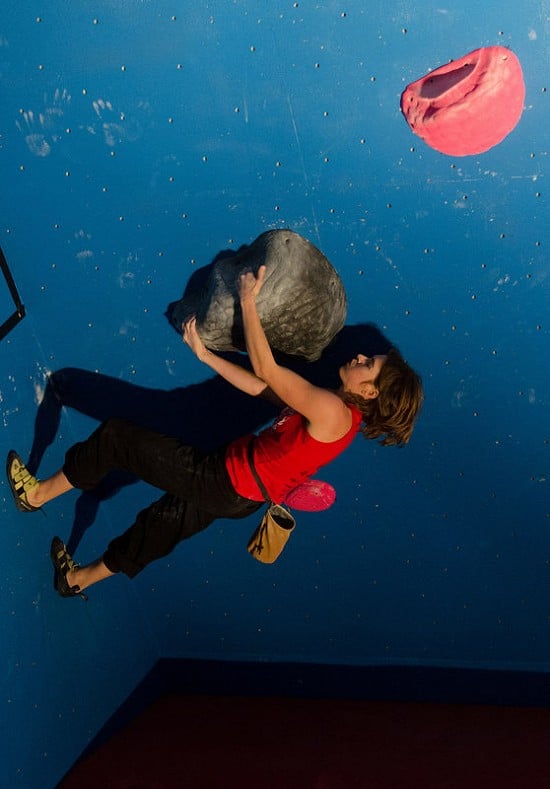
Thanks to the proliferation of indoor bouldering centres across the UK, bouldering's popularity has surged in recent years. These centres are a friendly, comfortable environment, the ideal place for beginners to learn the basics of bouldering, while for experienced climbers they serve as a social hub as well as a place to train during the cold, wet and dark days of winter. This article contains some general advice on the fundamentals of bouldering indoors. And while bouldering indoors and outdoors have much in common, there are many subtle differences. In the next article I will address some of the issues unique to bouldering outdoors.
1. Warm Up
A thorough warm-up is essential if you want to climb well and avoid injury. Get into the habit of warming up and be patient, it can take up to an hour before you are ready to climb at your limit.
Your warm up should consist of the following three parts:
Pulse Raiser: If you haven't walked or cycled to the wall then do a short jog or some skipping to get the blood flowing. A few minutes is sufficient.
Stretching: Gently move your fingers, wrists, elbows, shoulders, neck, back, legs, hips, and ankles through their ranges of motion, focussing on the upper body. Remember that your goal is to lubricate the joints and loosen the muscles, you aren't trying to increase your range of motion (do that after you are finished climbing).
Climbing: Start by climbing some very easy problems or traversing on big holds, focusing on moving smoothly and efficiently. Gradually increase the difficulty, taking plenty of rest between problems.
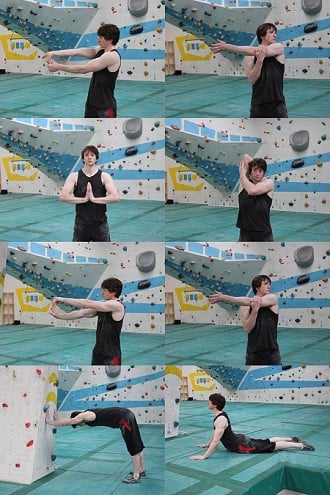
2. Think Before You Move
Climbing and bouldering in particular, are incorrectly seen by some as an activity that requires great strength. And while you can never be too strong, it's technique that will determine how good a climber you become. To establish good habits try and focus on technique from the very start of your climbing career.
Before you start up a problem try and figure out how you are going to climb it. Make a plan - decide what hand and foot holds you are going to use and in what order – and then put it to action. If something doesn't feel as you expected then you shouldn't be afraid to improvise. Once you are back on the ground, whether you get to the top or fell, you should review your plan. Ask yourself what worked and what didn't, did you follow your plan exactly, are there any refinements you could make, etc.
This continuous loop of planning, climbing, reviewing is how you learn to climb.
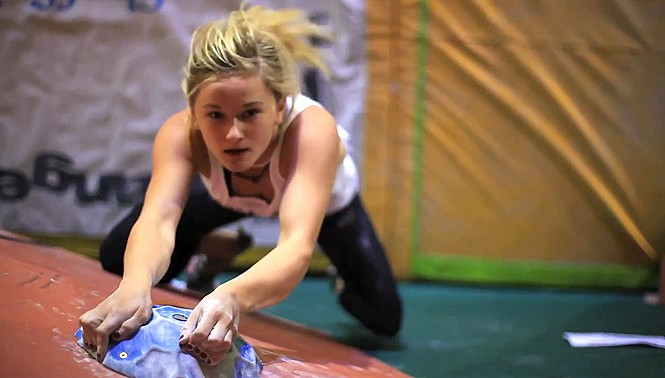
3. Watch Other Climbers
Paying close attention when others are trying your problem can be very useful, but don't fall into the trap of blindly copying other climber's sequences. Everyone has different strengths, weaknesses and physical attributes, so what works for them may not be suitable for you, this is the beauty of bouldering, everyone has to find their own way.
Embrace the challenge of problem solving, it's a central part of bouldering, there isn't just one single 'right way' to do a problem. You will soon learn that there is nothing more satisfying than figuring out a devious solution to a problem that you initially though was beyond you.

4. Focus On Balance
Balance is the glue that binds all the other aspects of climbing technique together. It's excellent balance and body positioning that allows talented climbers to do moves that feel physically impossible to other less accomplished, but equally strong, climbers.
In climbing terms, balance can be defined as; 'the relationship between a climber's centre of gravity and their base of support'. Your centre of gravity is the theoretical point where the entire mass of your body is concentrated, it's usually just above the belly button. The base of support is the area created by connecting your points of contact (your current hand and foot holds).
You should aim to climb in a slow controlled style. While you reach between holds your body should stay reasonably still. There are plenty of situation in bouldering when lunging for the next hold is the right option, but if you find your body swinging uncontrollably every time you move your hands, then you need to pay more attention to body positioning and balance.

5. Work Your Weaknesses
Success or failure on a problem depends on many factors and often it isn't immediately apparent which factors are limiting progress. Consider, for example, a climber struggling on a steeply overhanging problem. They are having trouble hanging onto the small holds, let alone moving between them. Their instinct is to blame a lack of finger strength, but it's just as likely to be a weak core or sloppy footwork that is preventing them from transferring their weight onto the foot holds and away from their fingers.
We tend to experience the most pleasure doing things that we are good at. In bouldering terms we spend most of our time climbing problems that suit us. One consequence of this is that our weaknesses, if neglected, become even more pronounced, this drags our overall performance down.
Spending time and effort focussing on your weaknesses is an excellent investment as it requires a lot less effort to make large gains in areas of weakness than it does to make small improvements in areas of strength. This is especially relevant for most climbers who have only limited time to train.
6. Be Safe
In climbing terms bouldering indoors is as safe as it gets, but there are a few things to bear in mind:
Warm up well. You will be able to climb better for longer and there is nothing more frustrating than being injured.
Never walk or stand in the potential landing zone of a climber on the wall. Get into the habit of checking that the landing is clear before you jump down.
Most walls have excellent matting but watch out for gaps, edges or soft spots.
Fall properly by soaking up the impact with your legs and rolling onto your side if necessary. Don't get into the habit of relying on the matting to absorb the impact.
7. Stay Relaxed And Don't Get Frustrated
The 'fight or flight' response isn't very helpful for climbers as it's rare that a difficult situation in bouldering is best overcome by a massive physical effort. It's more likely that we have, in our slightly panicked state of mind, overlooked a foot or hand hold that will enable us to get more comfortable. When you are bouldering try and to stay relaxed and loose, if you feel yourself start to flail, take a few deep breathes and have a good look around at your options. What's the worst that can happen?
Bouldering is difficult, that's the whole idea, embrace the struggle.
Failure is a central part of bouldering, don't let it frustrate you, be patient and enjoy the process of problem solving.
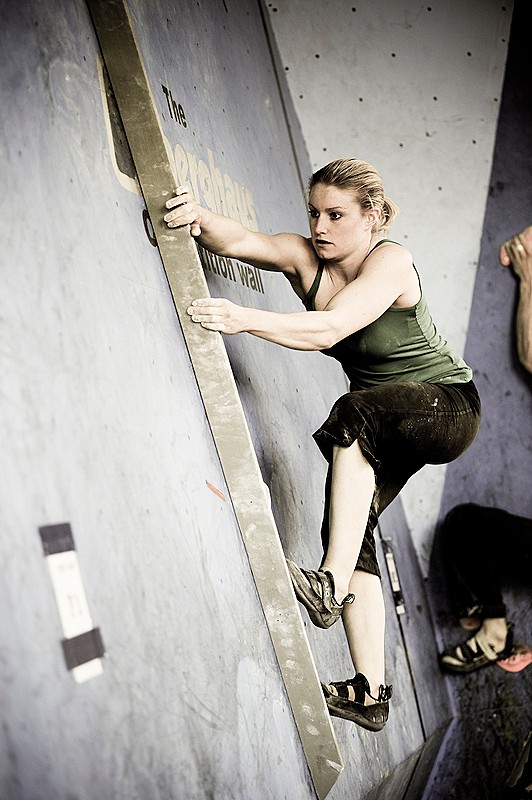
8. Don't Worry About Grades
Every climber has different strengths and weaknesses and grades can't possibly take them into account, treat them as rough guesses that give an approximate indication what problems you may be able for. Don't let them become the main focus of your climbing.
You are not a number.
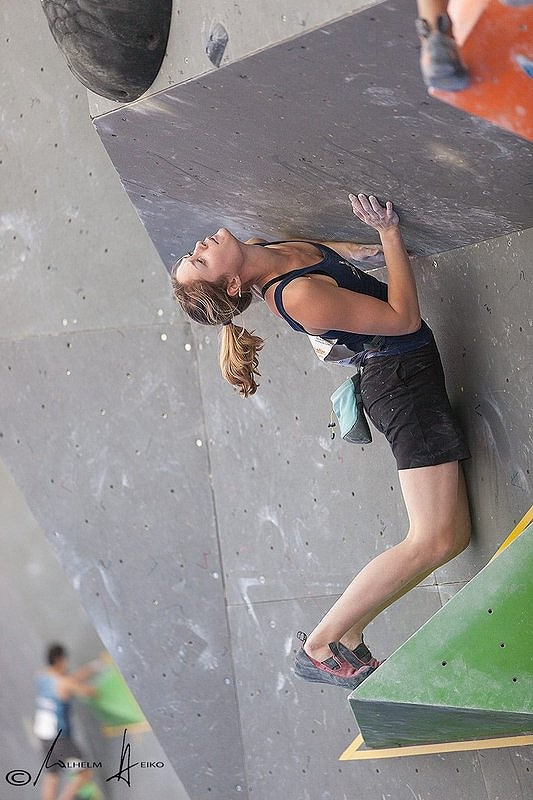
9. Climb Circuits
A circuit is a collection of problems of similar difficulty. The circuit concept originated in Fontainebleau, France where aspiring alpinists linked together dozens of problems to build endurance for the Alps. Nowadays most bouldering centres gather their problems into circuits of between 10-30 problems that are identified to colour.
Completing an easy circuit is a great warm-up or an easy workout in itself. As most circuits feature a broad range of problems, attempting to do every problem in a circuit (whether in a session or over the course of many sessions) will force you to spend more time on your weaknesses than your strengths. This is an excellent way of improving your technique and raising your all round climbing ability.
10. Boulder Outdoors
As enjoyable as bouldering at the wall is, it doesn't compare to a crisp winter's day spent bouldering on real rock.
Modern walls are so comfortable with their plush matting, heating and cafes that you may be in for a shock the first time you boulder outdoors but once you have experienced the satisfaction and sheer pleasure of bouldering on rock you may never look at the wall the same again.
Even the most creative indoor route-setter can't match the infinite variety of problems created by nature so if you want to learn how to climb, rather than simply get strong, bouldering on rock is the way to go.
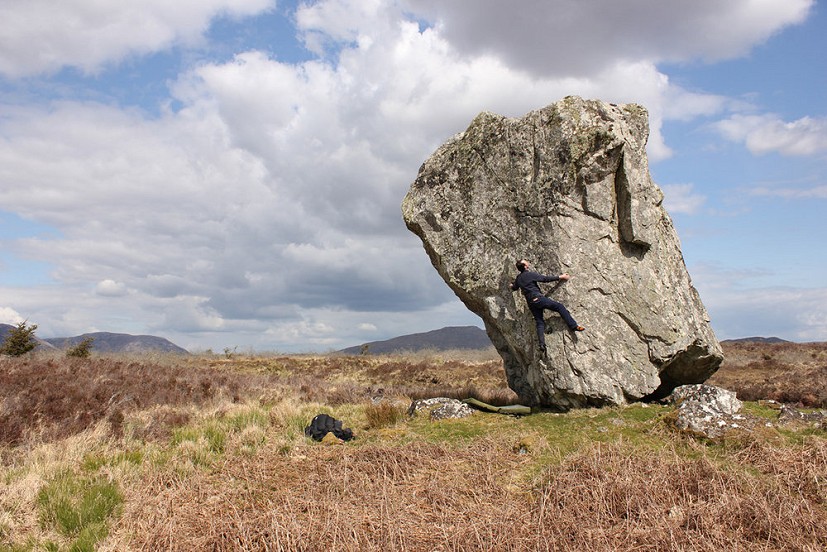
The second article in this series will focus on bouldering outdoors.
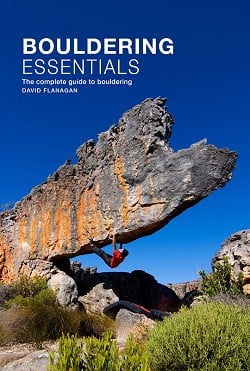
David Flanagan is a writer and publisher from Dublin, Ireland. First and foremost a boulderer he has in the last year began to rediscover the joys of trad climbing. He has just published his second book, Bouldering Essentials – The Complete Guide to Bouldering.
"Bouldering Essentials is packed with clear, practical advice for everyone interested in bouldering whether a complete beginner looking to learn the basics, an indoor climber keen to start bouldering outdoors or an experienced boulderer who wants to explore advanced topics such as dynamics, strategy, tactics and highballing.
With a foreword by renowned climber Johnny Dawes, the book features over 200 stunning photos from the best bouldering areas in the world including Bishop, Castle Hill, Fontainebleau, Hueco Tanks and Rocklands, this book will provide all the inspiration and information you need to reach your full potential as a boulderer."
Buy it HERE









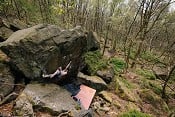
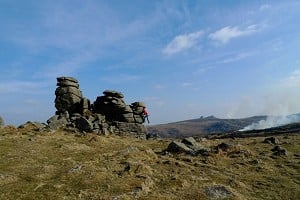
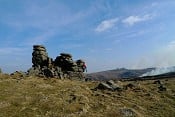
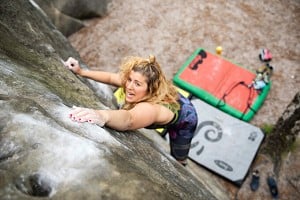









Comments